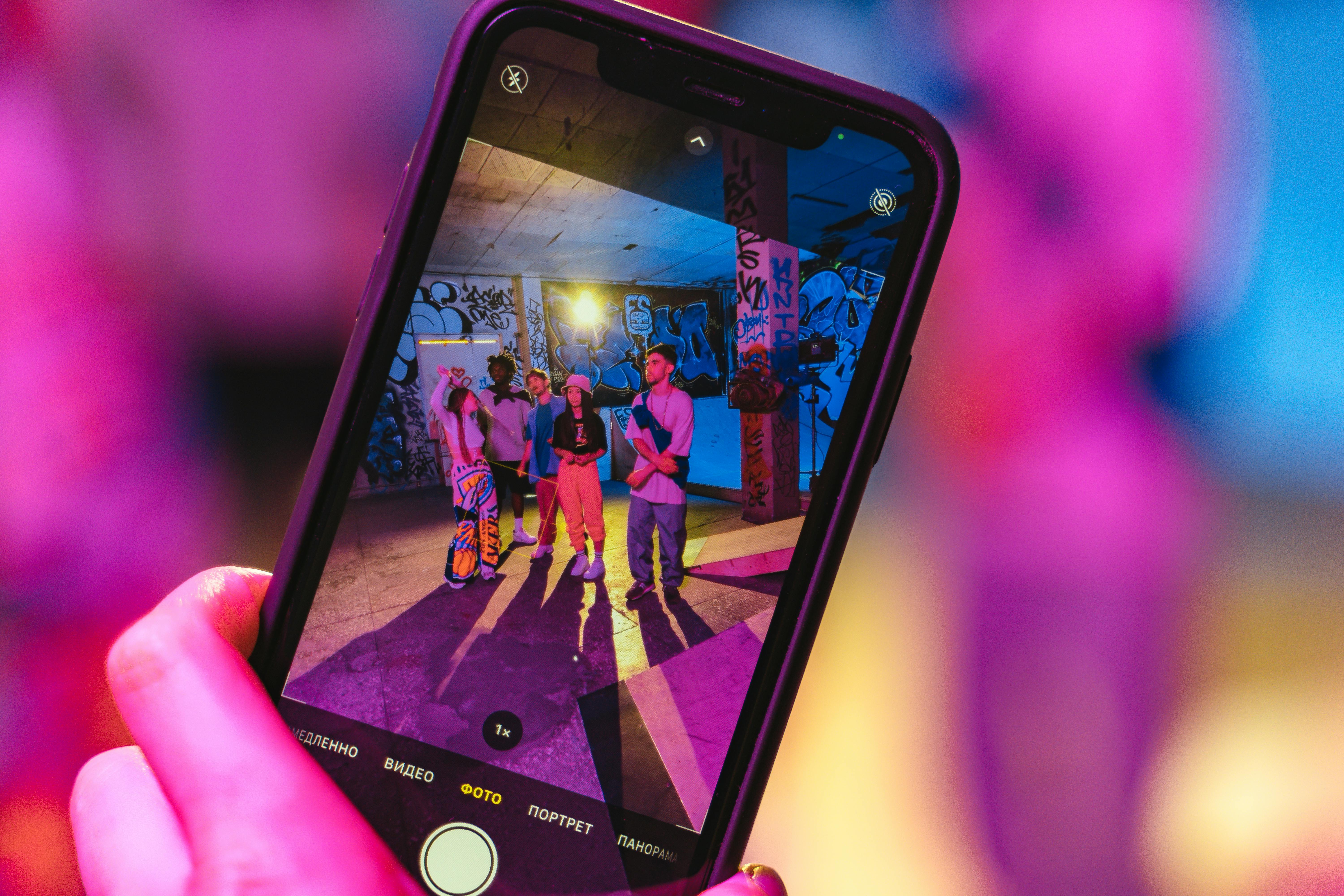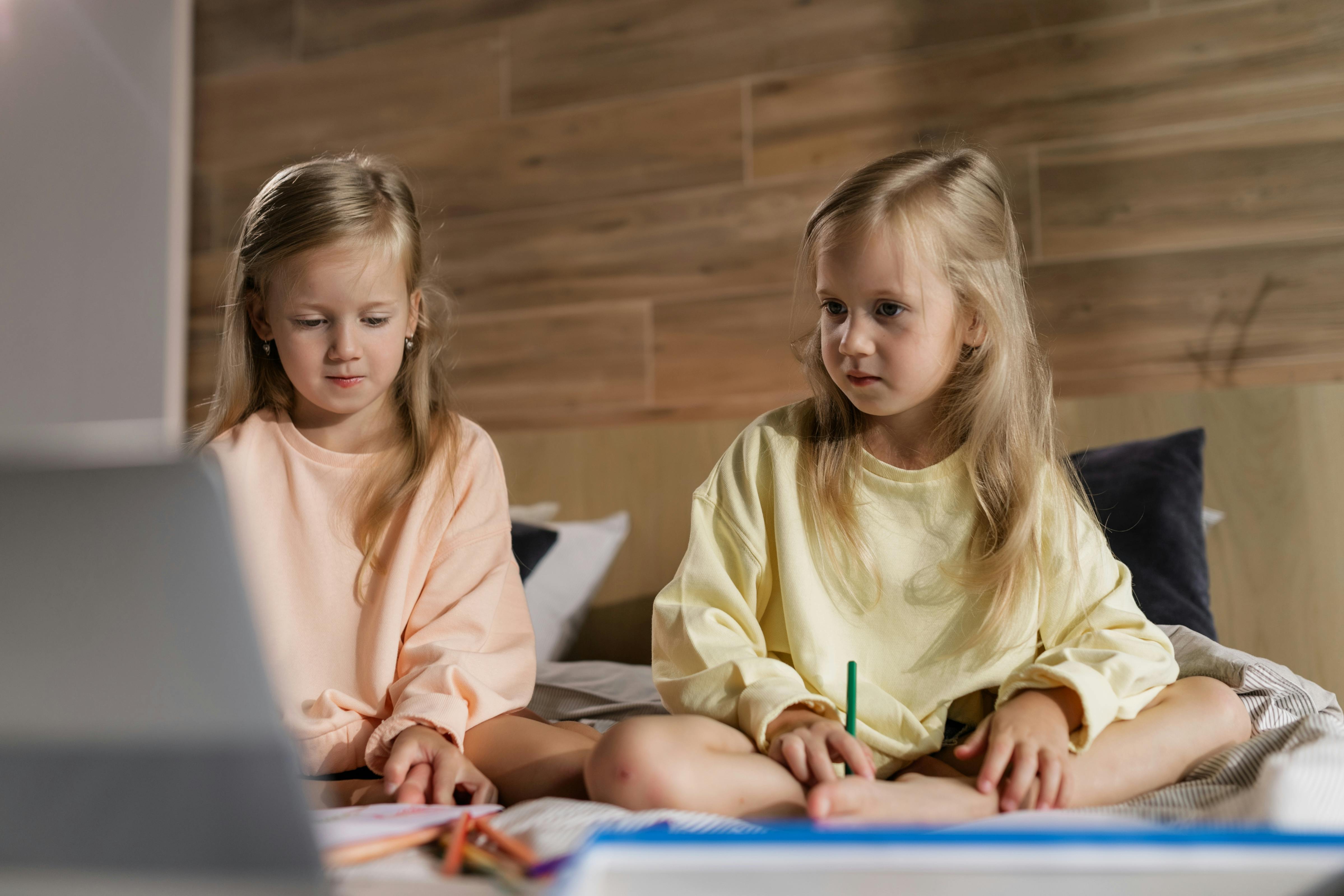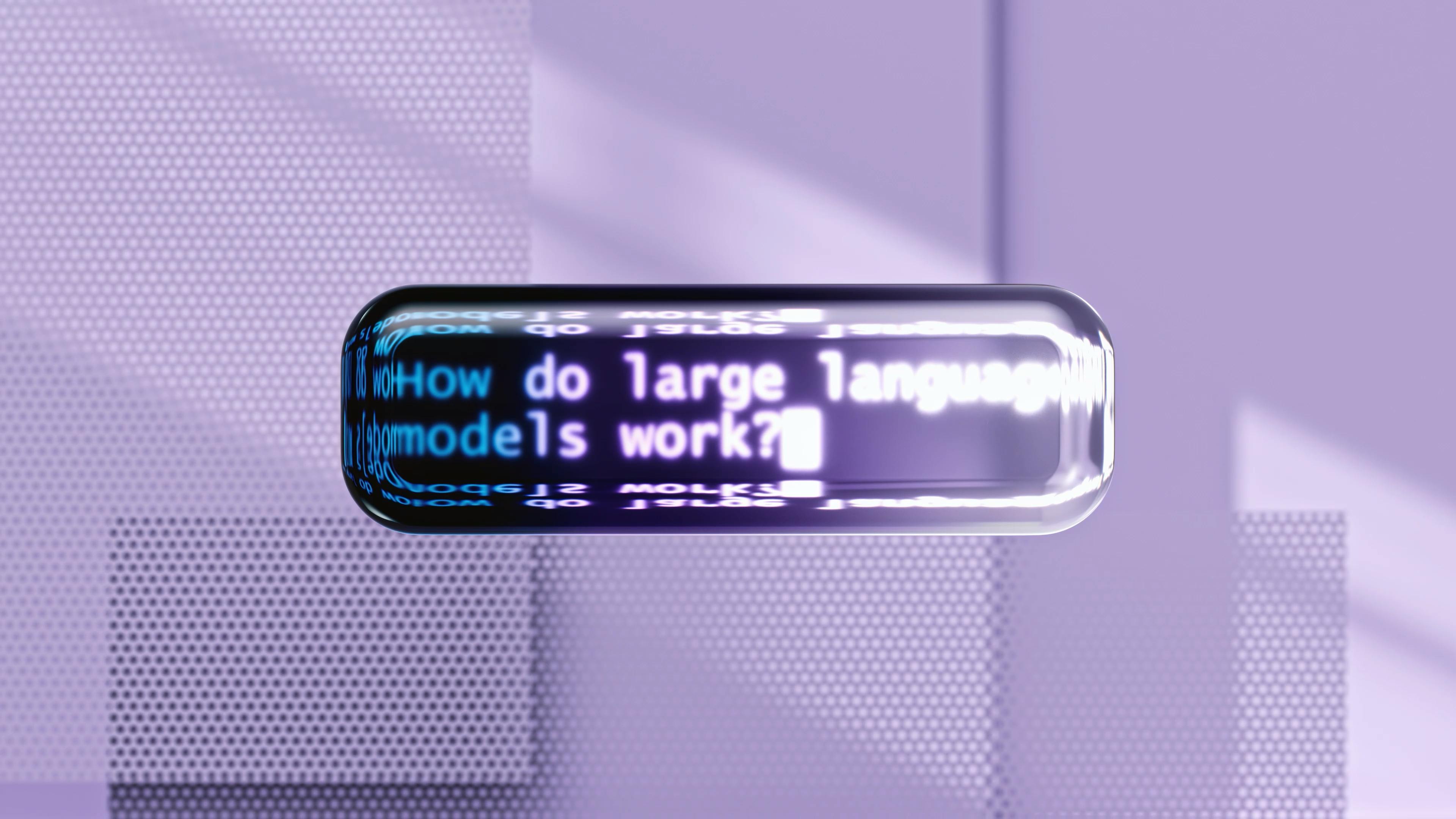Photorealistic Avatars Created from Single Images Using Gaussian Restoration

Top post
Photorealistic Avatars from Single Images: New Possibilities through Gaussian Restoration
The creation of photorealistic avatars from just a single image has been a long-sought goal in computer graphics and artificial intelligence. New advancements in this field, particularly through methods of Gaussian restoration, open promising perspectives for applications in virtual worlds, gaming, film and television, as well as the fashion industry.
Traditional methods for 3D reconstruction of humans from images often require multiple shots from different angles or specialized equipment. Recent developments, as presented for example in the paper "HumanDreamer-X: Photorealistic Single-image Human Avatars Reconstruction via Gaussian Restoration", show that high-quality, animatable avatars can now be generated from a single image. This is made possible through the use of deep neural networks and innovative image processing algorithms.
Gaussian Restoration as a Key Technology
The principle of Gaussian restoration is based on the assumption that a blurry or noisy image is created by the convolution of a sharp image with a Gaussian function. By reversing this process, known as deconvolution, the original, sharp image can be restored. In the context of avatar creation, this principle is extended to reconstruct a 3D model from a 2D image. Gaussian distributions are used to model the uncertainties and variations in the 3D shape and texture of the human.
The method utilizes deep generative models that are trained to generate realistic human avatars. By combining this with Gaussian restoration, the quality of the generated avatars is significantly improved. Fine details such as facial features, clothing, and hair can be precisely reconstructed, resulting in a photorealistic appearance.
Applications and Potential
The ability to create photorealistic avatars from a single image opens up a wide range of applications. In the field of virtual reality and gaming, personalized avatars can enhance immersion and interaction. In film and television production, digital doubles of actors can be created, simplifying the production of elaborate stunts and special effects. In the fashion industry, virtual try-ons with individual avatars could revolutionize the shopping experience.
Furthermore, applications in areas such as telepresence, virtual assistants, and medical simulations are also possible. The technology enables the creation of realistic digital representations of people that can be used in diverse contexts.
Challenges and Future Developments
Despite the impressive progress, there are still challenges to overcome. The reconstruction of avatars from images with complex backgrounds or under unfavorable lighting conditions can still be difficult. The generation of realistic animations and facial expressions also presents a challenge.
Future research will focus on further improving the robustness and accuracy of the algorithms. The integration of additional information, such as depth maps or motion sensor data, could further enhance the quality of the reconstructed avatars. The development of more efficient methods for generating animations and facial expressions is also an important research focus.
Bibliographie: arxiv.org/abs/2501.07104 arxiv.org/abs/2409.10141 cvpr.thecvf.com/Conferences/2025/AcceptedPapers cvpr.thecvf.com/virtual/current/papers.html www.researchgate.net/publication/384074500_PSHuman_Photorealistic_Single-view_Human_Reconstruction_using_Cross-Scale_Diffusion proceedings.neurips.cc/paper_files/paper/2024/file/0a85f2414e354f9d61ffea5705a8bbf4-Paper-Conference.pdf openreview.net/forum?id=3CweLZFNyl paperswithcode.com/paper/anigs-animatable-gaussian-avatar-from-a/review/ www.researchgate.net/publication/374738806_Adding_Conditional_Control_to_Text-to-Image_Diffusion_Models.png)


